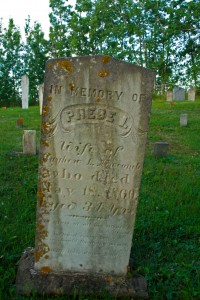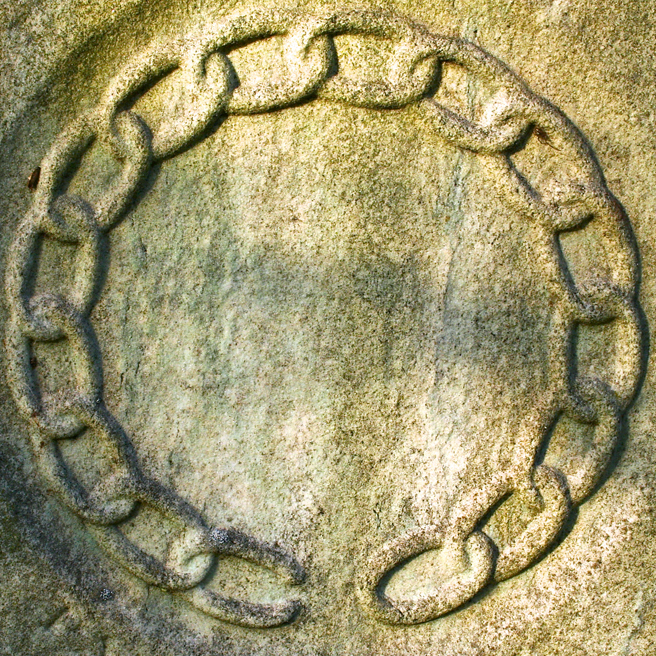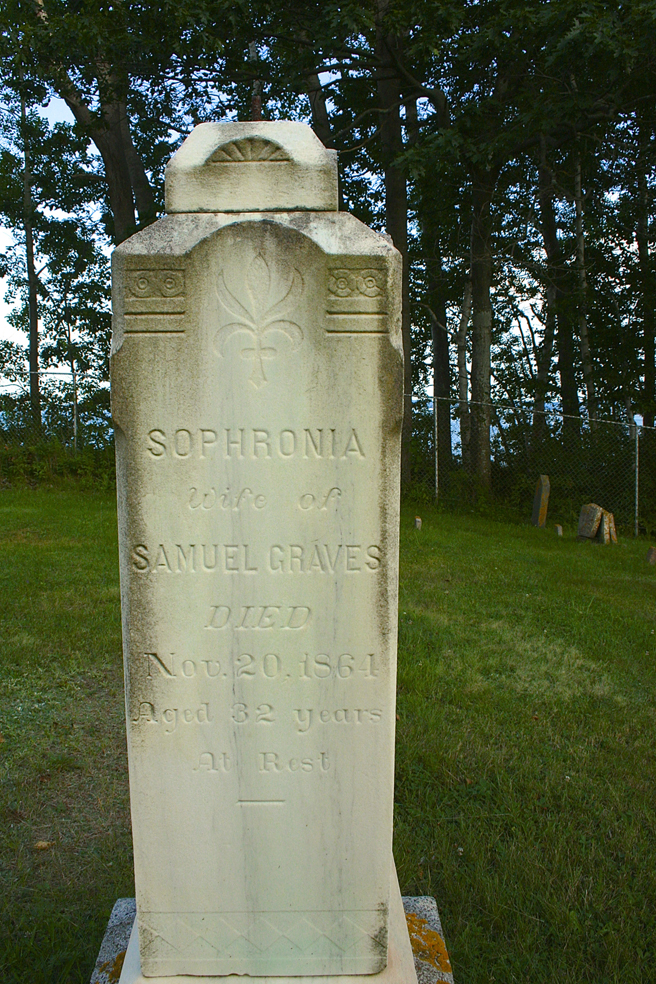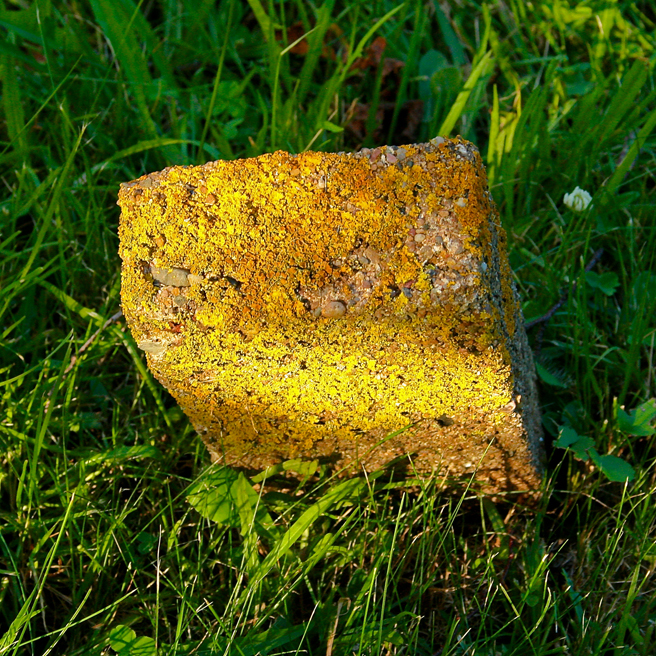Old graveyards have a peaceful dignity and grace. Long removed from recent grief and sadness, they stand worn with lichen and time, bearing long lost loved one’s names, wife of so and so, son of such and such. Old names too, that have so long gone out of fashion that they seem to be from another word. It was another world. These cemeteries tell stories of a community, of tenderness and love, of sorrow and faith, of life and death.
I was intrigued by the stones in the Blomidon Cemetery in the Annapolis Valley of Nova Scotia which I visited while clamming on the nearby beach. My friend Christy Ann and I snuck away to read the stones (this wasn’t the first time we’ve hung out in an old graveyard).
Often a family history is laid out before your eyes to puzzle out.
Here Mayhew L. Newcomb was buried alongside his wife Phebe L. and his mother Mary.
And here Issac Beach was sadly joined by (in all likelihood) his grandchildren several years later.
There is a wealth of symbolism to the imagery carved into the old marble slabs. The children of Elisha and Eliza J. Beach, Wilford L. and Mira J., were only toddlers when passed away in November 24, 1875 and January 19, 1876. Only three years, 3 three months old and one year, one month old. Broken rosebuds were used for their gravestone, symbolizing two lives cut short before they had a chance to bloom.
On another stone a broken ring of chain symbolized that the family circle was severed.
A finger pointing to an open book, referring to one who was a scholar, is carved into Hannah Lyon’s stone of 1873.
This weeping willow, representing earthly sorrow, was carved into Phoebe Rans Loomer’s in 1875.
Sophronia is a beautiful name I’ve never come across before but appears to have been the name of a flower and though uncommon, was given to girls in the 1850s through to the 1880s.
I had to see what sophronia looks like and found this lovely image from The Botanical Register vol. 13 pl. 1071 by designer (and botanist) John Lindle and engraver J. Watts. (1827) on the web. (http://www.botanicus.org/page/133102) It’s an orchid, soprhonitus that also goes by the more common name of cattelya. How lovely to be named after a recently discovered orchid. In Victorian times this would have symbolized refined beauty.
Adorned only with lichen, this little concrete marker is the headstone for some unknown occupant.
Blomidon Cemetery is dreamy in the early evening light where elaborately engraved marble stones stand out among the small concrete markers covered in golden lichen and modern ones of sleek black granite.
Many of the old graveyards in Nova Scotia come with a view, in this case, you can catch glimpses of the Minas Basin between the birches and watch that blue water coming and going over the red Blomidon mud.
I’m sure the sight was panoramic the late 1800s before all the trees grew up. It must have been of some comfort to the families to have their dearly departed laid to rest in a place of such serene beauty.















